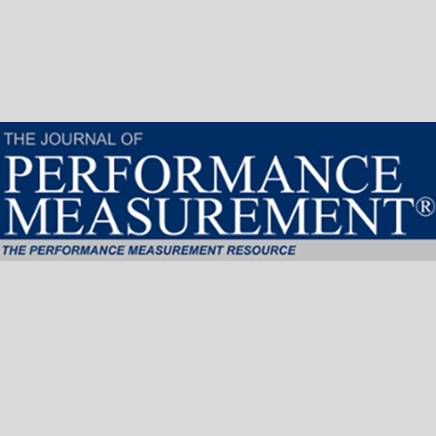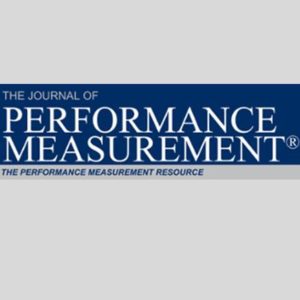Residual Interaction Compounding: A New Term in Multi-Period Arithmetic Attribution
$25
The sum of the attribution effects (allocation, selection, and interaction) equals total active management or, as others may call it, value-added or simple alpha, or from here on, “excess return” under both the Brinson-Hood-Beebower (BHB) and Brinson-Fachler (BF) models for single-period arithmetic attribution. The challenge with multi-period arithmetic attribution is that the sum of the single-period attribution effects and excess return do not equal the total excess return (fund return minus the benchmark return), since returns are geometrically linked over multiple periods and the weights for each sector vary over time.
Author: Joseph D’Alessandro, CPA
The sum of the attribution effects (allocation, selection, and interaction) equals total active management or, as others may call it, value-added or simple alpha, or from here on, “excess return” under both the Brinson-Hood-Beebower (BHB) and Brinson-Fachler (BF) models for single-period arithmetic attribution. The challenge with multi-period arithmetic attribution is that the sum of the single-period attribution effects and excess return do not equal the total excess return (fund return minus the benchmark return), since returns are geometrically linked over multiple periods and the weights for each sector vary over time. Although not the focus of this article, the math for multi-period geometric attribution, where the excess return is defined as (1+ fund return) / (1+benchmark return)-1, works for the total portfolio; however, there is a fundamental inability to combine sectors to agree to the total portfolio, as well as combine attribution effects to agree to the total active management.
Residual Interaction Compounding: A New Term in Multi-Period Arithmetic Attribution



